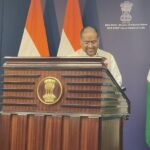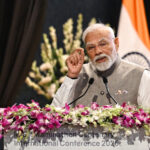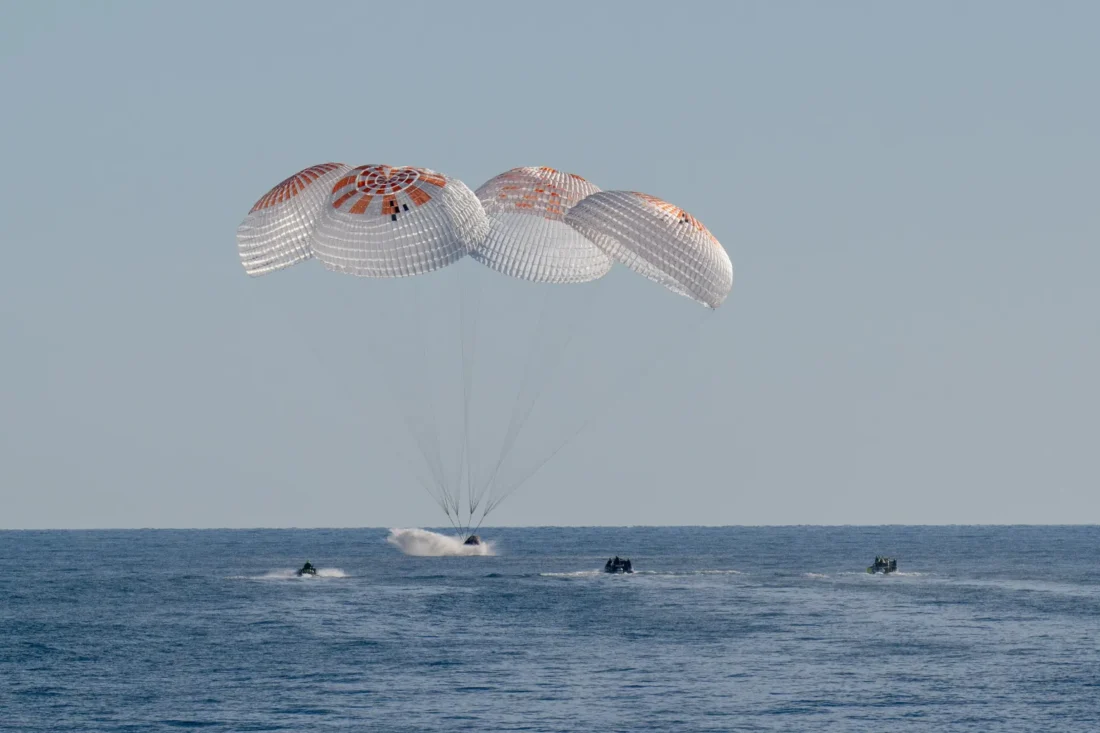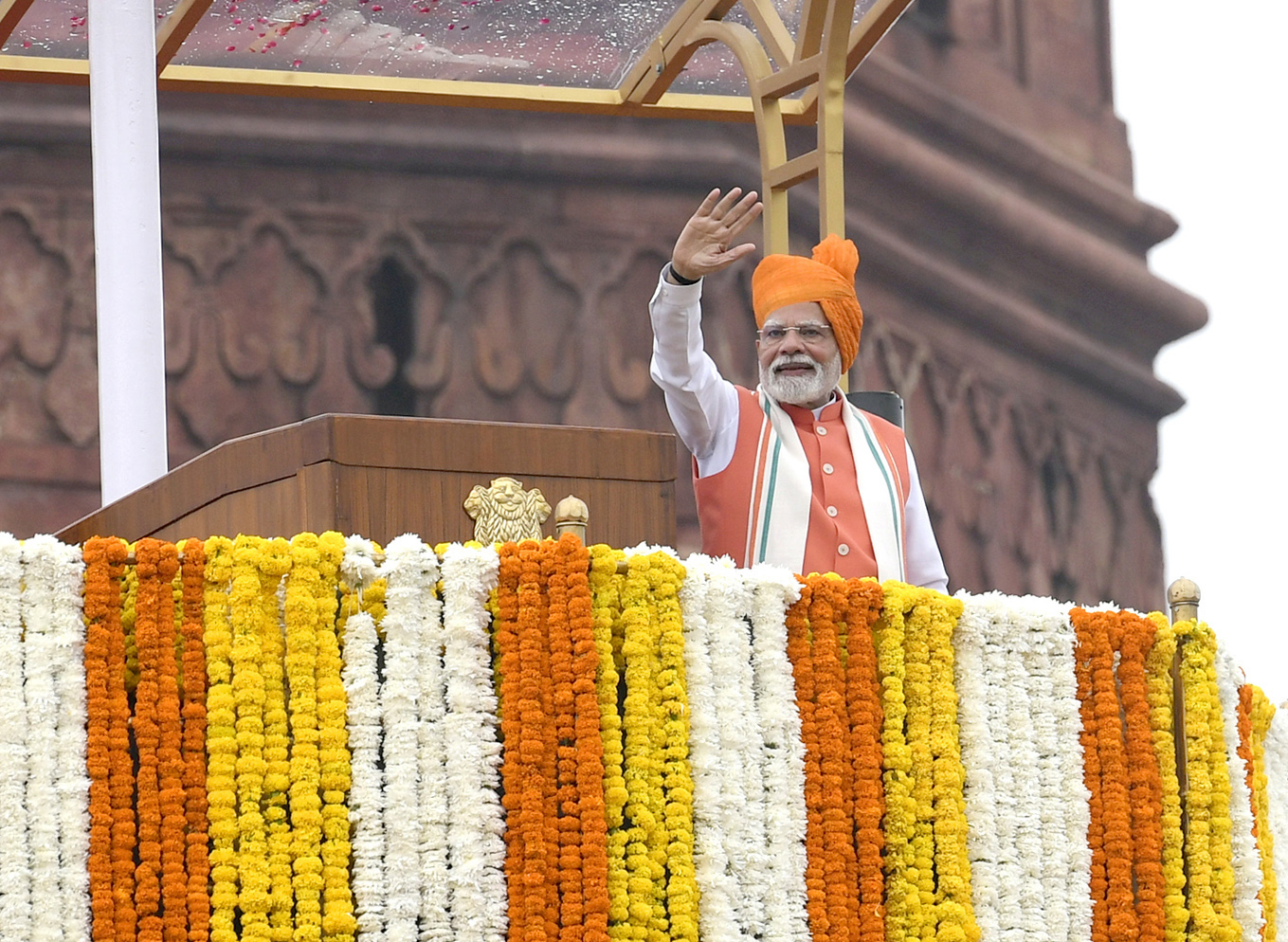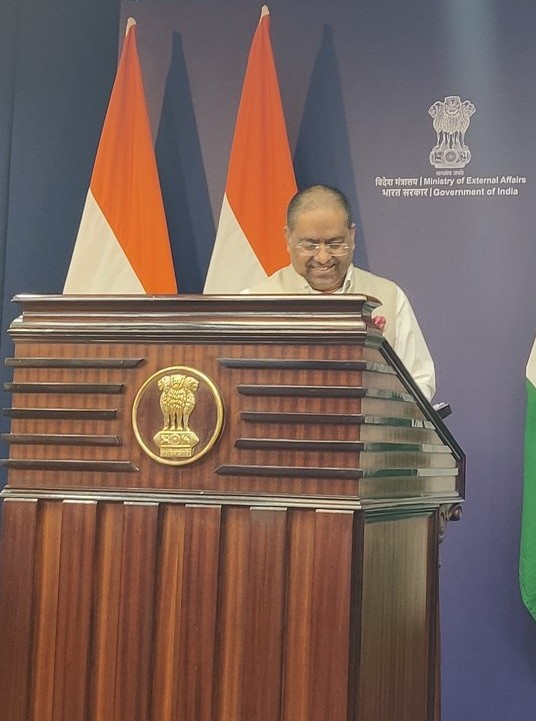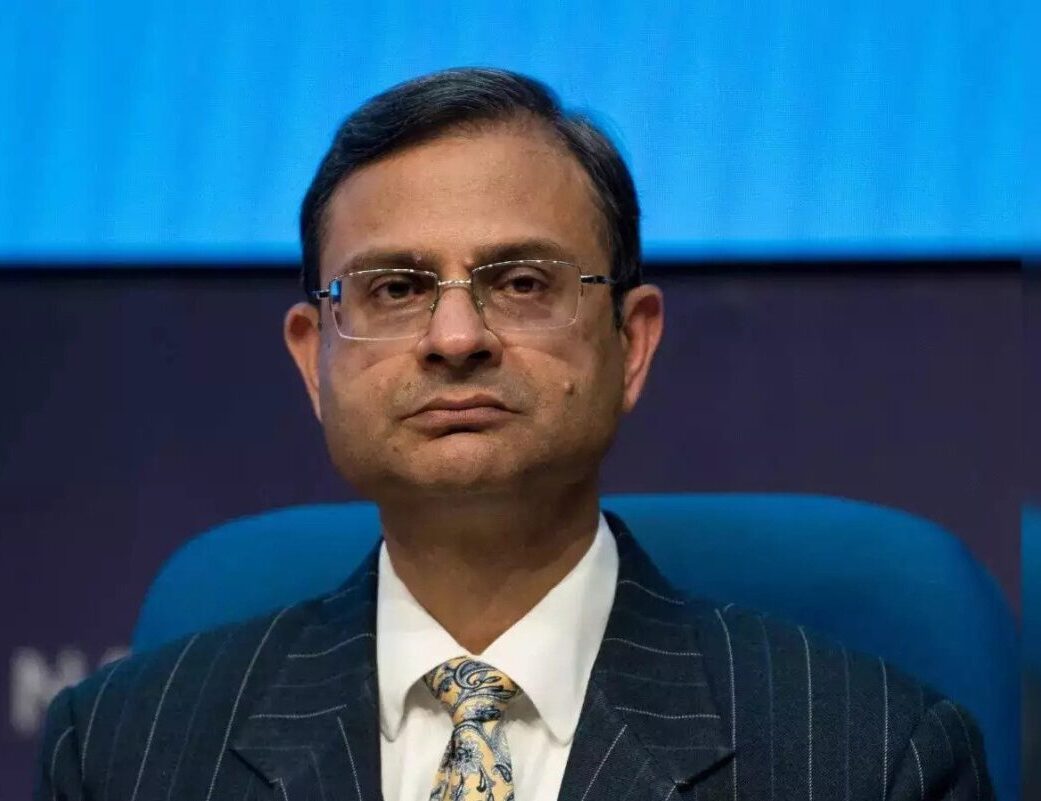The North News
Chandigarh, March 19
Sunita Williams and Butch Wilmore have returned to Earth after spending over nine months at the International Space Station (ISS), following unexpected delays to their mission. Their spacecraft, SpaceX’s Dragon Freedom capsule, splashed down safely off the Florida coast near Tallahassee at 3:27 am IST on Wednesday.
Williams, a veteran NASA astronaut, now holds the record for the most spacewalking time by a female astronaut, clocking 62 hours and 6 minutes outside the ISS. She ranks fourth on the all-time spacewalk duration list. Alongside Wilmore, the American astronauts participated in more than 150 scientific experiments and technology demonstrations, amassing over 900 hours of research. Their work included studies on plant growth, stem cell technology for treating diseases such as cancer and autoimmune disorders, and testing lighting systems to aid astronaut circadian rhythms. They also prepared the first wooden satellite for deployment and collected samples from the station’s exterior to examine microorganism survival in space.
NASA’s SpaceX Crew-9 mission marked the ninth commercial crew rotation at the ISS. The returning crew comprised Williams, Wilmore, NASA astronaut Nick Hague, and Roscosmos cosmonaut Aleksandr Gorbunov. SpaceX recovery teams retrieved the capsule after splashdown, and the crew will return to NASA’s Johnson Space Center in Houston for medical evaluations and reunions with family.
NASA’s acting administrator, Janet Petro, hailed the mission’s success, noting that the crew’s scientific contributions would help advance space exploration. The mission was rescheduled a month earlier than planned, aligning with revised objectives set by the Trump administration.
Williams and Wilmore initially launched aboard Boeing’s Starliner spacecraft on June 5, 2024, for a short-duration test flight but were later integrated into ISS expeditions 71 and 72 after NASA opted for an uncrewed Starliner return. Hague and Gorbunov, who launched on a SpaceX Falcon 9 rocket on September 28, 2024, from Cape Canaveral, docked at the station a day later.
During their extended stay, Williams and Wilmore traveled over 121 million miles, completing 4,576 orbits around Earth, while Hague and Gorbunov spent 171 days in space, orbiting the planet 2,736 times. The mission marked Gorbunov’s first spaceflight, while Hague now totals 374 days in space across two missions. Williams and Wilmore have logged 608 and 464 days in space, respectively.
The Crew-9 mission also involved spacewalks, with Williams conducting two—one alongside Wilmore and another with Hague. Their tasks included removing a radio antenna, collecting samples from the ISS exterior, and repairing X-ray telescope filters. The Freedom capsule, which previously supported Crew-4 and Axiom private missions, will undergo inspection and refurbishment at SpaceX’s Florida facility.
Crew-9’s return paves the way for the next long-duration mission, Crew-10, which docked at the ISS on March 16. NASA’s Commercial Crew Program aims to establish cost-effective and reliable transportation to low Earth orbit, supporting future missions to the Moon and Mars.



